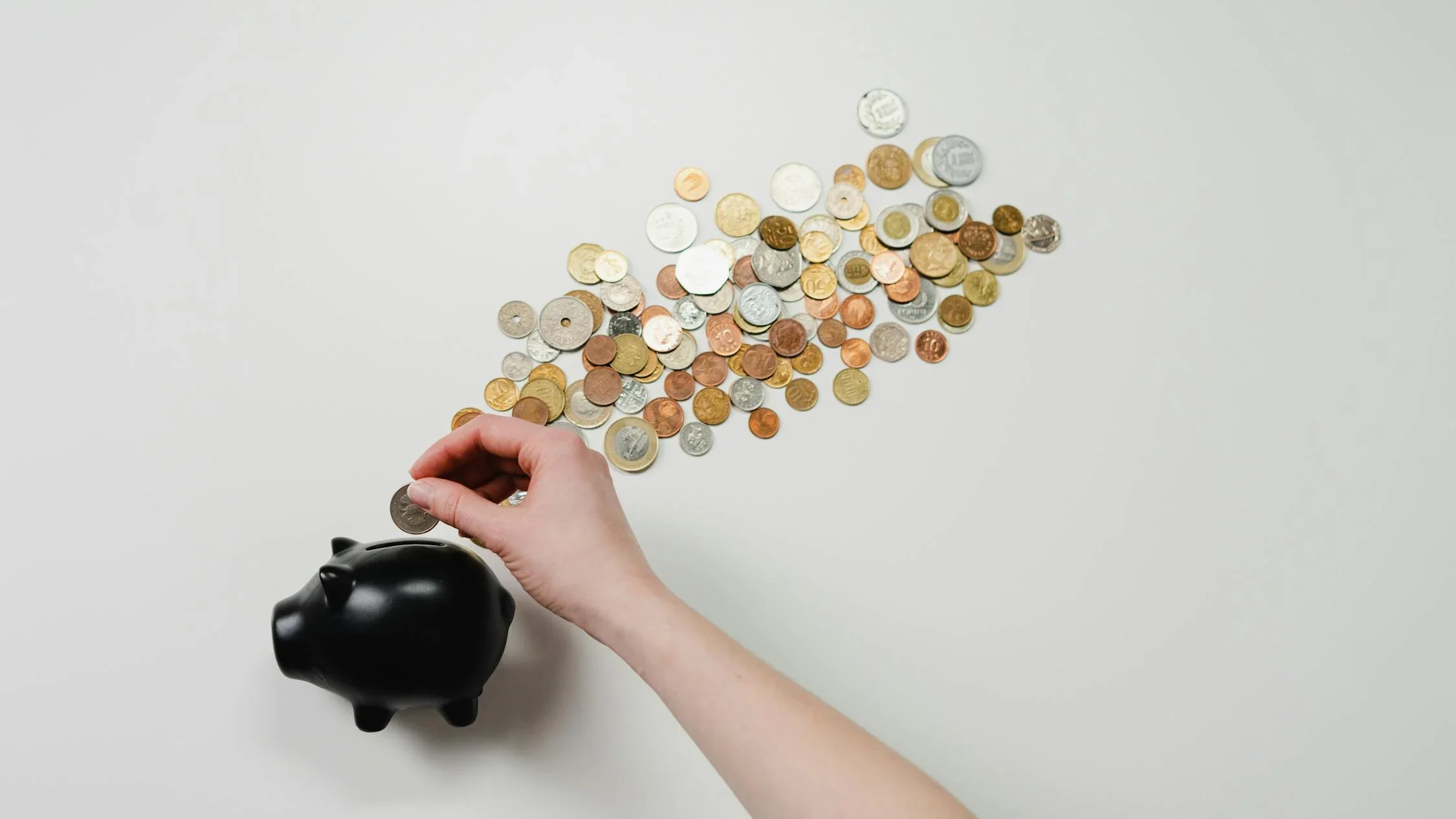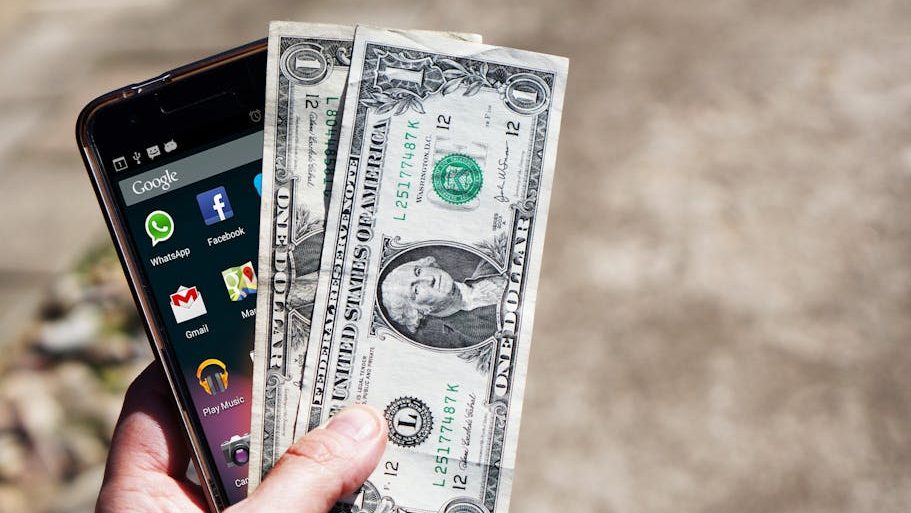Anúncios

The importance of an emergency fund cannot be overstated in maintaining financial stability.
An emergency fund acts as a safety net, shielding you from unexpected expenses and financial crises.
But why is it so crucial and how can you build one effectively?
This article will explore the necessity, structure, and smart use of emergency funds, challenging common misconceptions along the way.
Understanding the Importance of an Emergency Fund
Financial Security
An emergency fund provides a crucial layer of financial security in times of crisis. Be it unexpected medical bills, car repairs, or sudden unemployment, having a stash of money set aside can prevent you from descending into debt. Consequently, an emergency fund helps to mitigate the stress associated with unforeseen expenses.
Peace of Mind
Knowing you have a financial safety net brings peace of mind, which is invaluable. Stress reduction affects not only your financial health but also your mental and emotional well-being. Therefore, having an emergency fund allows you to navigate daily life more confidently, making better decisions under pressure.
Building Your Emergency Fund
Setting a Realistic Goal
To start building your emergency fund, it’s essential to set a realistic saving goal. Aim for an amount that covers three to six months of living expenses. This will ensure you have enough buffer to handle most unforeseen situations. You can adjust this amount based on your lifestyle, financial obligations, and job security.
Automating Savings
One effective strategy to build your emergency fund is to automate your savings. Set up an automatic transfer from your checking account to a dedicated emergency fund account every month. This way, you treat your savings like any other monthly bill, ensuring consistency. Automated savings reduce the temptation to spend and make the process of saving seamless.
Cutting Unnecessary Expenses
Review your budget to identify areas where you can cut unnecessary expenses. For example, dining out less frequently or canceling unused subscriptions can free up extra money for your emergency fund. This approach requires discipline, but small adjustments can significantly speed up your savings growth over time.
Emergency Fund Vs. Savings Account
Accessibility
An emergency fund should be highly liquid, meaning you can access the money quickly without penalties or delays. In contrast, a standard savings account might be less accessible due to withdrawal limits or restrictions. Hence, keeping your emergency fund in a high-yield savings account or a money market account ensures you can get to it when you need it most.
Purpose
The primary purpose of an emergency fund is to cover unexpected expenses, whereas a savings account can be for various goals like vacations, down payments, or other significant purchases. Consequently, the discipline of not dipping into your emergency fund for non-emergencies is crucial. Keeping these accounts separate helps maintain their distinct purposes, ensuring financial stability.
Interest Rates
Interest rates for emergency funds need to strike a balance between liquidity and growth. High-yield savings accountsoften offer better rates than regular savings accounts. Therefore, parking your emergency fund in an account with a competitive interest rate ensures your money grows, albeit modestly, keeping pace with inflation.
Common Myths About Emergency Funds
Only the Wealthy Need Emergency Funds
A common misconception is that only the wealthy need an emergency fund. In reality, individuals of all income levels can benefit from having a financial safety net. Emergencies don’t discriminate based on income; they can affect anyone. Thus, establishing an emergency fund is crucial for everyone, regardless of financial status.
Credit Cards Are a Sufficient Backup
Many people believe that credit cards can replace the need for an emergency fund. While credit cards can provide temporary relief, they come with high interest rates and can lead to mounting debt. An emergency fund, on the other hand, offers debt-free solutions and doesn’t compound financial stress with additional interest payments.
It’s Impossible to Save Enough
Another myth is that saving enough for an emergency fund is impossible due to limited income or high expenses. However, even small, consistent contributions can accumulate over time. Start by saving what you can, and incrementally increase contributions as your financial situation improves. The key is to build the habit of saving, no matter how small the initial amount.
How to Use Your Emergency Fund Wisely
Identifying True Emergencies
One of the key aspects of using your emergency fund wisely is to identify what constitutes a true emergency. Medical emergencies, urgent home repairs, or unexpected job loss qualify as valid reasons to tap into your fund. However, it’s crucial to differentiate these from non-essential expenses such as vacations or luxury purchases.
Replenishing After Use
Once you’ve used your emergency fund, make it a priority to replenish it as quickly as possible. Return to automatic contributions and budget adjustments to rebuild your safety net. This ensures you’re prepared for future emergencies without long-term financial disruption. Consistency is key to maintaining your financial buffer.
Avoiding Frequent Use
Frequent dipping into your emergency fund for minor inconveniences can quickly deplete it. Stick to your predefined criteria for emergencies and resist the temptation to use these funds for non-critical expenses. This discipline helps preserve your financial safety net for when you genuinely need it.
In conclusion, the importance of an emergency fund is undeniable for financial stability and peace of mind. By understanding why it’s essential, learning how to build it effectively, and using it wisely, you can safeguard yourself against life’s unexpected twists and turns.
Educate yourself about common myths and ensure your fund remains a priority. A well-maintained emergency fund is not just a financial tool but a cornerstone of overall financial health.
Frequently Asked Questions about Emergency Funds
How much should I save in my emergency fund?
Aim to save an amount that covers three to six months of living expenses. This range provides a sufficient buffer to handle most unforeseen situations. However, adjust based on your lifestyle, financial obligations, and job security.
Can I use a savings account for my emergency fund?
Yes, a high-yield savings account or a money market account is ideal for an emergency fund due to its liquidity and better interest rates. Ensure it is separate from your main savings to maintain its distinct purpose.
What qualifies as a ‘true emergency’?
True emergencies include unexpected medical bills, urgent home or car repairs, and sudden job loss. Non-essential expenses like vacations or luxury purchases should not be covered by your emergency fund.
How can I build my emergency fund quickly?
Automate your savings by setting up automatic transfers to your emergency fund account. Cut unnecessary expenses and redirect those funds to your emergency savings. Consistent, even small contributions can accumulate over time.
Is it okay to use my credit card instead of an emergency fund?
While credit cards can offer temporary relief, they come with high interest rates and can lead to debt. An emergency fund provides debt-free solutions and helps reduce financial stress without additional interest payments.
What should I do after using my emergency fund?
Make it a priority to replenish your emergency fund after use. Return to your automatic savings plan and adjust your budget to rebuild your safety net quickly, ensuring you’re prepared for future emergencies.


